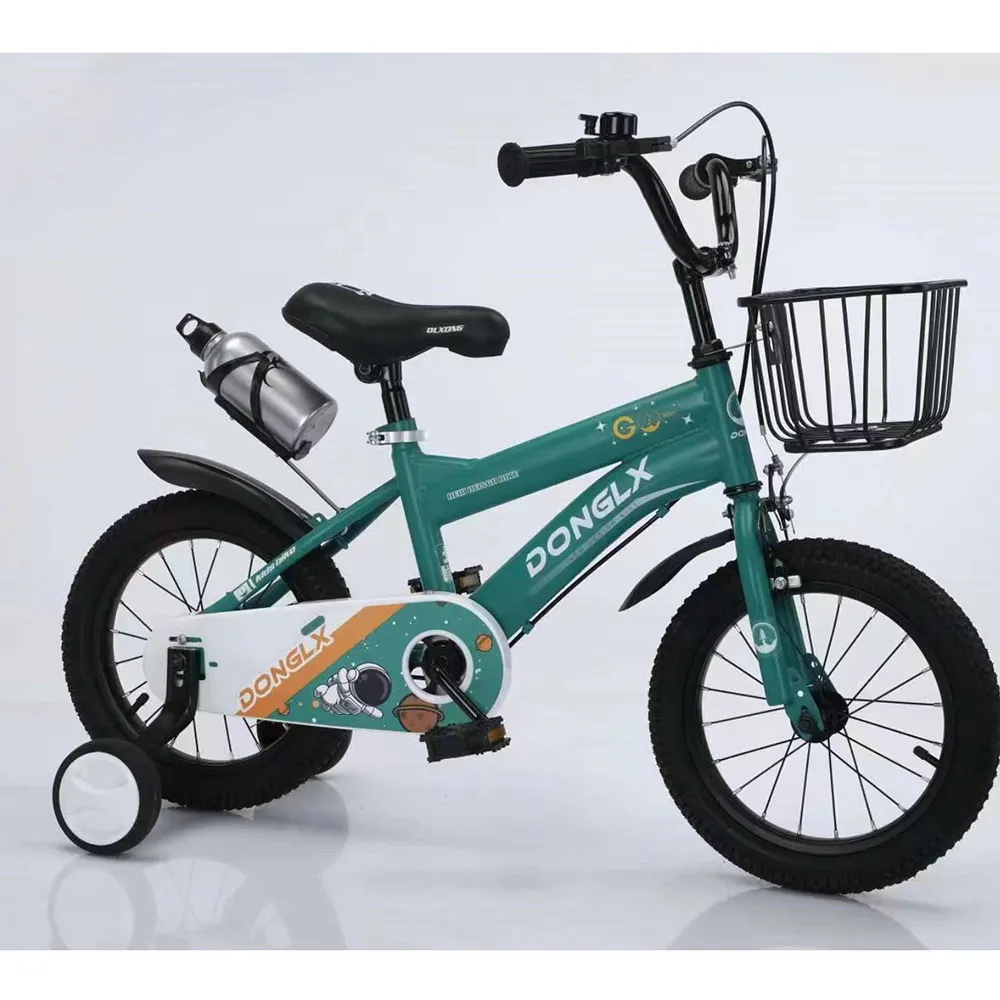Mar . 03, 2025 13:47
Back to list
mountain bike classification
Mountain biking is a thrilling and adventurous sport that allows enthusiasts to explore rugged terrains, conquer challenging trails, and enjoy the great outdoors. However, to truly enjoy and excel in this sport, choosing the right mountain bike is crucial. Mountain bike classification is an essential topic for both beginners and experienced riders alike, as it directly impacts performance, comfort, and overall riding experience. This article delves into the classification of mountain bikes, offering insights grounded in real experience and expertise to guide you in making an informed decision.
Downhill (DH) bikes are engineered for gravity-defying descents and are a staple in downhill racing. These bikes boast robust frames and long suspension travel, usually exceeding 170mm, allowing them to handle large drops, steep trails, and fast downhill courses. They are not designed for climbing and are best suited for lift-accessed bike parks or shuttle-assisted rides. Downhill bikes prioritize stability, strength, and shock absorption to enhance rider safety and performance on the most demanding downhill courses. Interestingly, fat bikes stand out with their oversized tires, which provide excellent traction and floatation over loose surfaces such as snow and sand. These bikes are ideal for riders seeking adventures in off-the-beaten-path locations where conventional mountain bikes might struggle. The wide tires and low tire pressure allow fat bikes to traverse difficult surfaces with ease, making them a unique option for exploring diverse terrains. Choosing the right mountain bike involves understanding one’s own riding style, the terrain most frequently encountered, and the specific attributes offered by each bike classification. It is advisable to consider real-world experiences and expert advice when deciding, as personal preferences and terrain specifics greatly influence mountain bike selection. Testing different types of mountain bikes, if possible, also provides valuable firsthand experience, allowing riders to feel the nuances of each classification. Mountain bike classification provides a structured approach to selecting a bike tailored to individual riding needs. By aligning the bike’s capabilities with the intended riding experience, enthusiasts can maximize their enjoyment and performance on the trails. Understanding these classifications ensures that every mountain biking adventure is safe, optimized, and exhilarating.


Downhill (DH) bikes are engineered for gravity-defying descents and are a staple in downhill racing. These bikes boast robust frames and long suspension travel, usually exceeding 170mm, allowing them to handle large drops, steep trails, and fast downhill courses. They are not designed for climbing and are best suited for lift-accessed bike parks or shuttle-assisted rides. Downhill bikes prioritize stability, strength, and shock absorption to enhance rider safety and performance on the most demanding downhill courses. Interestingly, fat bikes stand out with their oversized tires, which provide excellent traction and floatation over loose surfaces such as snow and sand. These bikes are ideal for riders seeking adventures in off-the-beaten-path locations where conventional mountain bikes might struggle. The wide tires and low tire pressure allow fat bikes to traverse difficult surfaces with ease, making them a unique option for exploring diverse terrains. Choosing the right mountain bike involves understanding one’s own riding style, the terrain most frequently encountered, and the specific attributes offered by each bike classification. It is advisable to consider real-world experiences and expert advice when deciding, as personal preferences and terrain specifics greatly influence mountain bike selection. Testing different types of mountain bikes, if possible, also provides valuable firsthand experience, allowing riders to feel the nuances of each classification. Mountain bike classification provides a structured approach to selecting a bike tailored to individual riding needs. By aligning the bike’s capabilities with the intended riding experience, enthusiasts can maximize their enjoyment and performance on the trails. Understanding these classifications ensures that every mountain biking adventure is safe, optimized, and exhilarating.
Next:
Latest news
-
Baby Balance Bike OEM Service – Kids No-Pedal, LightweightNewsNov.10,2025
-
OEM Kids Bike Children Bicycle – Cheap Wholesale BicyclesNewsNov.10,2025
-
Kids Bike New Model 12–18 inch Boys & Girls Bike, AdjustableNewsNov.10,2025
-
China Cheap Price Safe Kids Bike for 10yo w/ Training WheelsNewsNov.10,2025
-
China CE-Certified Kids Balance Bike, Guaranteed QualityNewsNov.10,2025
-
Colorful Outdoor Flashing Carton Children Scooter for KidsNewsNov.10,2025
-
Best Price Kids Balance Bike – Superior Quality, No PedalsNewsNov.10,2025








